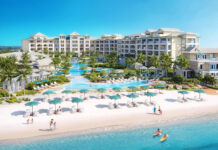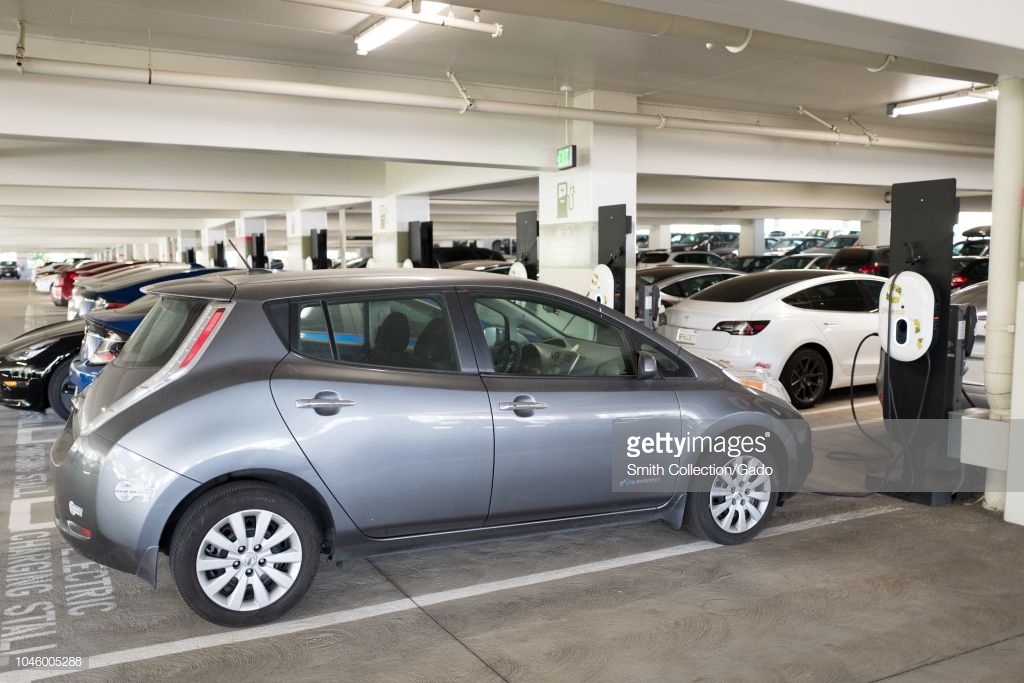News Americas, LONDON, England, Fri. Oct,.12, 2018: It may sound like science fiction, but the day of the electric powered plane is coming, and sooner than one might expect.
Although commercial electric powered flight is still a decade away, the basic power source, the lithium ion battery, can already enable a modified light aircraft to fly up to about 250 miles. Aviation industry experts suggest that as battery technology advances, range and power will increase, enabling one hundred seat planes to cover distances of between 400 to 600 miles before having to recharge.
This and the rapid advance of the electric vehicle (EV) have a real relevance to tourism. This is especially the case in small environmentally-sensitive destinations such as the Caribbean which, to compete in future, will not only have to find new ways to add value to their brand, but new ways to appeal to more eco-aware generations of travelers.
All-electric vehicles are already coming into use for tourism and transport in parts of the Caribbean.
Cayman Automotive sells EVs in Cayman and to Cuba where they are used on Cayo Largo, a tourist island to the south of Havana that intends to gradually become a fully eco-friendly tourist destination. So great is the potential opportunity in Cuba, that the company is reported to be thinking about opening an office soon in Havana that will also sell electric bikes and scooters.
In Barbados too, the use of EVs is growing. A young dynamic company, Megapower Ltd, is selling and operating EVs. The company imports the all-electric Nissan LEAF, builds and manages solar carports, and is working hard to establish a network of electric vehicle charging stations strategically located across the island.
Like Cayman Automotive, the company’s owners believe that the Caribbean may be the best place in the world for the mass adoption of EVs as many nations are small in size, have relatively flat terrain, an abundance of solar energy, and every reason to reduce their reliance on imported petroleum products.
Despite this, major obstacles remain. The biggest are the very high import duties on EVs and related equipment, and many governments’ reluctance to show the leadership or vision that would enable tourism dependent nations such as those in the Eastern Caribbean to use them to capture international media attention and visitor imagination.
Although some countries like Cuba and Trinidad are actively encouraging the import of EVs though low import duties, the issue may be one for CARICOM’s tourism ministers to take up collectively at a regional level.
In contrast, electric powered flight is some way off, but is potentially just as relevant to tourism, especially Caribbean inter-island and domestic flights. Possible for some time and the subject of major development programs by both large and small companies in the aviation sector and NASA, electric powered light aircraft have been flying since 2011. Then a two-seater plane built by engineers at the University of Stuttgart climbed to about 20,000 feet in in two minutes, flew nonstop for 300 miles reaching speeds of 142 miles per hour. It burnt no fuel, had zero carbon emissions and the cost of the energy consumed was, the University said, tens of dollars.
It was a clear indication of a concept that is now being scaled up as battery technology improves.
In a clear indication of viability, the Norwegian government recently declared that all domestic aviation will be electrically powered by 2040, with Wideroe, the country’s biggest airline, beginning to replace its Dash 8 aircraft from 2025 on, eventually making a full transition to electric aviation. In addition, the country’s airports operator Avinor has been working on its infrastructure electrification plans for the past three years.
The commercial opportunities of electric powered flight still have to play out. However, there is every reason why the Caribbean should be considering the use of electric vehicles now, starting with their use for tourism and bus services, not least because fuel for transport is the single largest part of much of the regions import bill.
What is required, is a Caribbean revolution in transport. The tourism sector, with government support, could begin to show the way.












